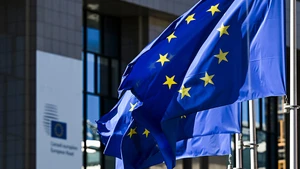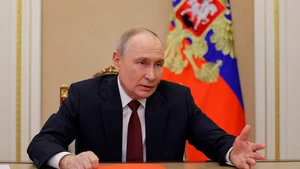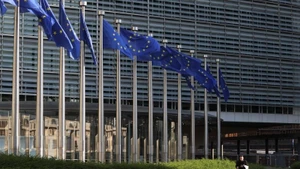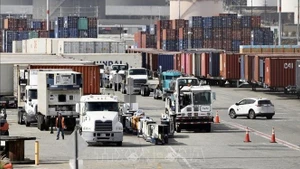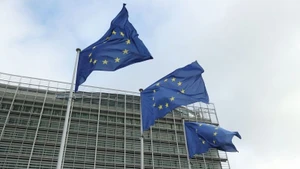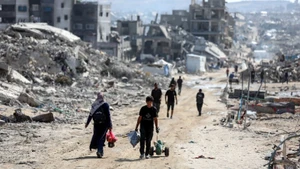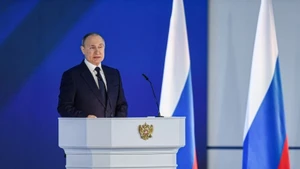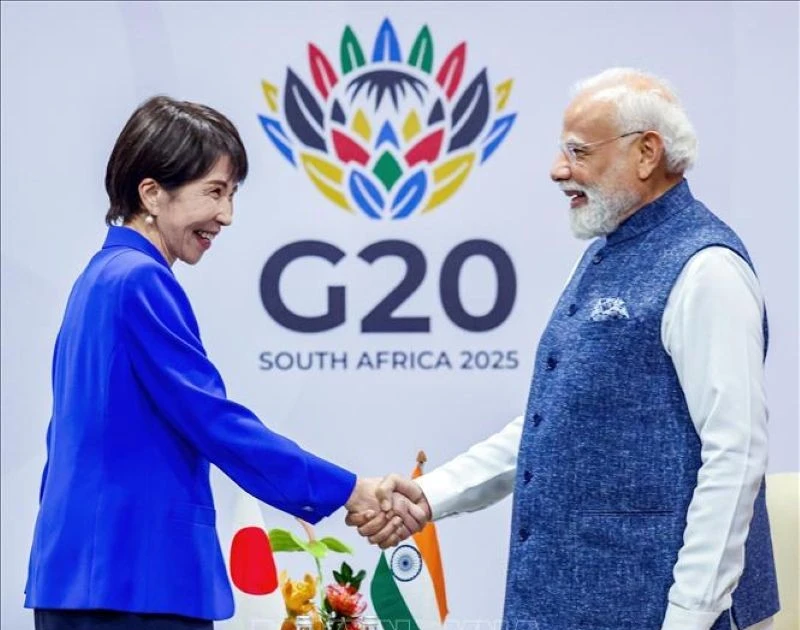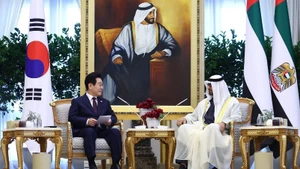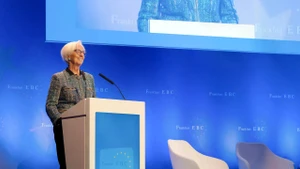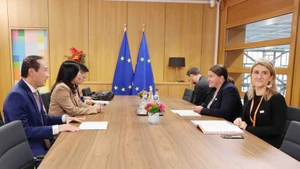From the informal EU summit to the recent European Political Community (EPC) Summit in Copenhagen, Denmark, both gatherings revealed Europe’s anxiety and confusion in the face of growing security challenges.
A series of successive crises, including the prolonged conflict in Ukraine, escalating tensions in the Middle East, surging migration flows, cyberattacks, and drone (UAV) incursions into national airspaces, have pushed the European Union (EU) to prioritise strengthening its defence capabilities.
Danish Prime Minister Mette Frederiksen has warned that Europe is facing its most dangerous situation since the Second World War, with a “hybrid war” unfolding across the continent.
A profound shift in the foreign and security policies of the US, Europe’s transatlantic ally, has also placed the EU in a dilemma. US President Donald Trump’s administration has repeatedly signalled Washington’s intention to gradually shift its focus away from the Ukraine issue, urging Europe to assume long-term leadership in resolving the conflict.
Rather than relying on Washington’s “security umbrella”, Brussels now faces the pressing need to take a more proactive role in shaping the regional security architecture.
The challenge, however, lies in Europe’s heavy dependence on the US for military equipment. According to the Stockholm International Peace Research Institute (SIPRI), 64% of all weapons imported by NATO member states in Europe between 2020 and 2024 originated from the US.
Financial constraints pose another obstacle. An increase in defence spending would mean some countries will have to cut back on social welfare programmes, which is a sensitive issue in a region with one of the highest ageing populations in the world.
The EU’s and Europe’s path towards defence and security autonomy remains fraught with difficulties, largely due to divisions in national perspectives.
The European Commission’s proposal to build an “anti-drone wall” is a case in point. The project envisions a network of detection, monitoring, and interception systems for UAVs.
Strategically, the initiative not only aims to enhance regional security but also demonstrates a collective response to common threats. A shared defence system would help frontline countries feel less isolated.
However, behind the political consensus lie unanswered questions about the initiative’s feasibility. Media outlets have reported that the project’s cost could reach tens of billions of euros, while each nation’s financial capacity differs considerably.
EU member states also hold divergent views on the proposal. Poland and Denmark have voiced their support, while some southern European countries such as Italy and Spain argue that defence investments should benefit all member states, not only those on Europe’s eastern flank.
Security priorities also vary. German Defence Minister Boris Pistorius has said that the anti-drone wall initiative will not be Germany’s top priority, suggesting that the EU is unlikely to implement the project within the next few years.
According to the German official, Europe should instead focus on accelerating the development of weapons and defence technologies to keep pace with global advances. The complex and unpredictable nature of the current geopolitical landscape represents a major test of the EU’s solidarity.
Realising the EU’s ambition for defence autonomy requires a high degree of unity, one that reconciles differing national interests for the sake of a shared goal, especially as its transatlantic ally, the US, remains steadfast in prioritising its own interests.


